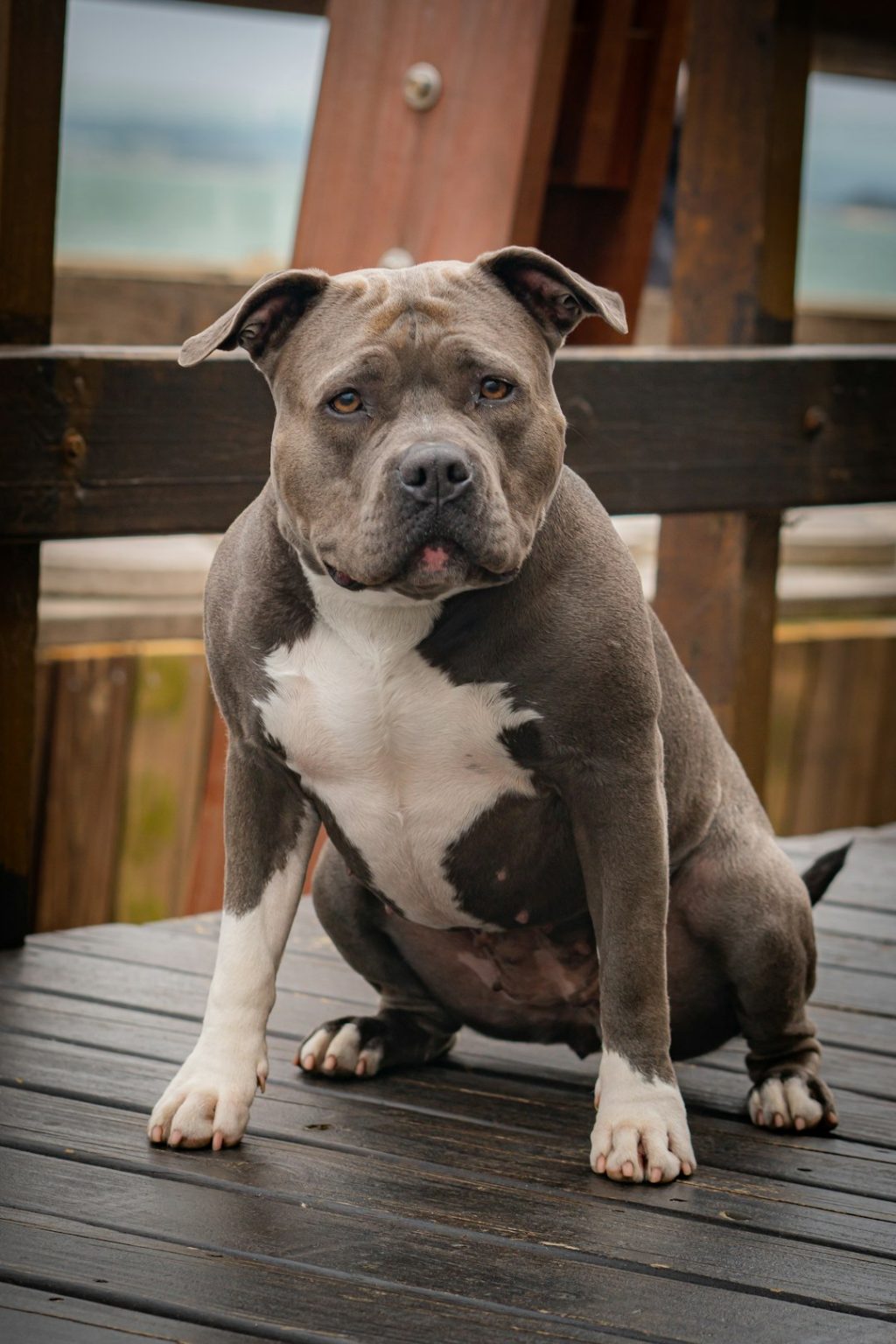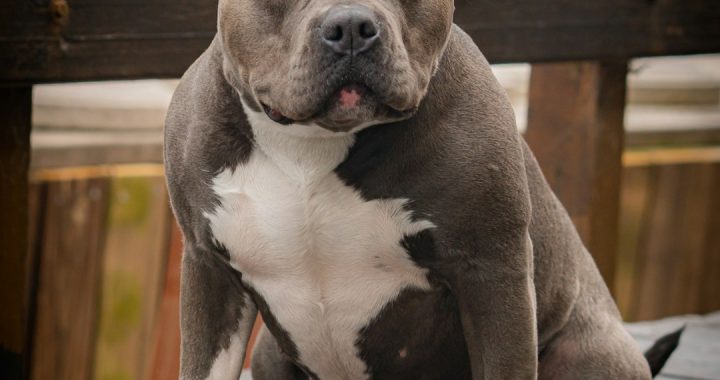Pitbull Age Span: How Long Do Pitbulls Live and How to Increase Their Lifespan

Wondering how long pitbulls live and how you can help them live longer? You’re in good company. In my years of working with rescues and families, the same questions keep coming up: How many years do pitbulls typically live? What health issues should I watch for? And what can I actually do—today—to extend a pitbull’s lifespan?
Let’s keep this practical. We’ll cover the usual life expectancy, what influences those years (for better or worse), common health issues, how to spot early aging, and a simple action plan to help your pitbull thrive. The goal is clear: give you tools to add healthy years and reduce preventable problems.
Average Lifespan of a Pitbull
Most pitbull-type dogs live in the 10–14 year range, and many healthy individuals stay energetic and game into early teens. As a general guideline based on breed and veterinary guides, you’ll often see:
- 10–14 years: a realistic lifespan window for healthy pitbulls.
- Early adulthood: 1–2 years (socialization, growth, foundation training).
- Prime adult: 2.5–7 years (maintaining weight, solid routines, dental care).
- Mature years: 7–10 years (watching joints, hearing, and eyes; adjusting calories).
- Senior years: 10+ (supportive care, pain management, annual checkups become twice-yearly).
Why the range? Pitbulls aren’t a single breed; the term often covers American Pit Bull Terrier, American Staffordshire Terrier, and Staffordshire Bull Terrier. Each can vary slightly in size and genetics—and any dog’s lifespan hinges on health, weight management, care quality, and luck.
What Influences Pitbull Lifespan?
Genetics and Breed Lines
Genetics play a big role. If your pitbull comes from lines tested for inherited conditions and supported by ethical breeders or rescues with clear health histories, you’re starting ahead. Good breeders test hips/elbows and screen for major issues when feasible. Mixed-breed pitbulls—often found in rescues—can sometimes benefit from hybrid vigor, which can reduce the chance of certain inherited disorders.
Weight Management
Weight is the most controllable lifespan lever. Excess weight stresses joints, heart, and metabolism. Pitbulls tend to gain weight as they age due to lower activity and slower metabolism. Ask your vet to body-condition score (BCS) your dog and adjust calories if the ribs aren’t easily felt.
Diet and Hydration
High-quality protein, balanced fats, controlled calories, and consistent hydration support every system. AAFCO-compliant food with clear ingredients, measured portions, and limited treats are key. Always ask your vet before adding supplements.
Exercise and Enrichment
Consistent mental and physical exercise improves joint health, cardiovascular fitness, mood, and even cognition. Pitbulls thrive on purposeful activity and training. Plan a balanced routine:
- Daily walks and play sessions; aim for about an hour split across the day.
- Two to three short training sessions for mental engagement.
- Low-impact options for older dogs (swim, incline walks, scent work) to keep them moving safely.
Preventive Veterinary Care
- Puppy phase: core vaccines, deworming, spay/neuter discussion around maturity (often ~12–18 months for medium-large breeds).
- Adult years: annual wellness, dental cleaning, parasite control, weight checks.
- Senior support: twice-yearly exams, CBC/chem panel, urinalysis, imaging as needed.
Dental Health
Dental disease is common in medium-breed dogs and affects more than the mouth. Tartar and gum inflammation can strain organs over time. Home brushing several times a week plus regular professional cleanings help your pitbull live better—and often longer.
Sterilization Timing
Spay/neuter timing affects growth, joint health, risk of certain cancers, and behavior. Discuss an individualized plan with your vet. For pitbull-type dogs, many owners consider waiting until skeletal maturity (often 12–18 months) unless medical or safety reasons dictate earlier intervention.
Environment and Safety
Avoid heat stress (pitbulls are warm-weather sensitive), provide shelter from extreme temperatures, and maintain secure fencing. Microchipping, ID tags, and safe transportation (car harness or crate) lower accident risks.
Common Pitbull Health Issues to Prevent or Manage
Orthopedic Problems
Conditions like hip dysplasia and cruciate injuries appear in many working-type breeds. Early warning signs include reluctance to jump, stiffness after rest, or altered gait. Keep joints healthy with:
- Maintaining lean body condition.
- Warm-ups before vigorous play.
- Avoid repetitive high-impact activities during growth.
- Non-slip flooring and ramps as needed.
Skin Conditions
Pitbulls can be prone to allergies, hot spots, and bacterial/fungal skin issues. Watch for itchy skin, red patches, head-shaking, or ear odor. Strategies often include:
- Regular bathing with vet-approved shampoos.
- Cleaning ears and drying after swims.
- Environmental management (reduce allergens where possible).
Your vet can confirm allergic triggers and create a plan. Many dogs respond well to a combination of diet trials, medicated baths, and controlled environments.
Cancer
Mast cell tumors, lymphoma, and bone cancers are sadly common in pitbulls. Monthly tactile checks for lumps, new growths, or swollen lymph nodes in the neck, armpits, or behind knees can catch problems early. Faster action equals more options and better outcomes.
Thyroid, Heart, and Autoimmune
Hypothyroidism can cause weight gain, lethargy, and skin changes. Routine blood work in adulthood and senior years helps detect hormonal and organ changes early. Some pitbulls experience autoimmune skin diseases. If symptoms persist, consult a veterinary dermatologist.
Neurological and Eye Issues
Keep an eye on wobbliness in the hind legs, sudden collapse, or vision changes. Early detection allows for supportive options that maintain quality of life.
How to Spot Aging Early (And Act)
- Joint stiffness or favoring a limb after rest.
- Gray hair, especially around the muzzle.
- Sleepier evenings or less enthusiasm for play.
- Hearing or vision changes—hearing your name less or bumping furniture.
- Changes in appetite, thirst, or toileting habits.
If you notice any of these signs, book a senior wellness visit. Early adjustments—like a softer bed, joint support, medication for pain, prescription diets, or cognitive enrichment—can dramatically slow decline.
Actionable Ways to Increase Your Pitbull’s Lifespan
1) Keep Them Lean
Measure food, limit treats (10% of daily calories), and use the “two-finger rib test” as a quick check. Lean dogs live longer with fewer joint problems.
2) Build a Balanced Routine
Mix short, frequent walks with training and play. Rotate toys, use snuffle mats and puzzle feeders, and practice low-impact exercise on leash or in water as they age.
3) Feed Quality and Consistency
Choose AAFCO-compliant food with clear protein sources. Feed twice daily, avoid free-feeding, and discuss portion sizes with your vet every 6–12 months.
4) Prioritize Dental Care
Brush several times per week, add dental chews with the Veterinary Oral Health Council (VOHC) seal where appropriate, and schedule professional cleanings.
5) Regular Vet Visits
From adolescence onward, annual exams catch subtle changes. For seniors, aim for exams every six months and consider routine blood/urine screening.
6) Protect Their World
Microchip, use a car harness, avoid over-exertion in heat, and keep up with parasite prevention year-round based on your region.
7) Monitor Weight and Joints
If walking becomes hesitant or stairs are a challenge, add ramps, non-slip mats, and an anti-slip shoe with vet guidance. Keep moving—motion preserves motion.
8) Early Detection: Check Them Monthly
Run your hands over body and limbs monthly. Note new lumps, tender spots, or change in energy. When in doubt, schedule a check.
9) Supportive Therapies
Hydrotherapy, acupuncture, and physiotherapy can reduce pain and improve mobility. Work with your vet or a certified rehab professional.
10) Create a Senior Care Plan
By age 7–8, ask your vet to map annual plan changes: diet shifts, medication for joint pain if needed, cognitive enrichment, and home adjustments for comfort.
Year-by-Year Pocket Plan
Use this timeline to stay proactive. You’ll likely adapt based on your pitbull’s individual needs, but it’s a helpful baseline.
0–12 months
- Vaccines, deworming, early socialization, and safe play.
- Ask your vet about growth-support nutrition and exercise limits.
1–2 years
- Annual wellness exam; start twice-yearly if any health flags pop up.
- Begin or continue dental home care.
2–5 years
- Maintain weight, keep training fun, and prevent injuries with warm-ups.
- Baseline diagnostics if advised (blood/urine for future comparisons).
5–8 years
- Transition to a mature diet when advised.
- Focus on joint health, dental cleanings, and twice-yearly exams.
8+ years
- Consider a senior diet, pain management options, and cognitive enrichment.
- Regular screening for common age-related issues; adjust exercise intensity as needed.
Quick Tips: When to Call the Vet
- Lumps, bumps, or swelling anywhere on the body.
- Lethigy, appetite loss, or sudden behavioral changes.
- Limping, stiffness, or reluctance to move.
- Breathing changes, coughing, or heat intolerance.
- Toileting accidents, increased thirst, or urinary issues.
Common Misconceptions
- “Pitbulls are fragile.” Healthy nutrition and preventive care go a long way—many pitbulls stay athletic into their senior years.
- “Big dogs die young.” Size matters, but it’s not destiny. Weight management, dental health, and early detection of cancer are more decisive.
- “If they’re playing, they’re fine.” Subtle early signs (stiffness, slower to rise, minor bumps) often precede bigger problems.
Bottom line:
While genetics sets the stage, your daily choices write the script. Keep moving, keep them lean, keep up on teeth and checkups, and stay alert to the subtle shifts that signal aging. If you ever feel stuck, your vet is your best ally—together, you’ll craft a plan that adds healthy years to your pitbull’s life, and quality to those years.
Read more articles here

 Golden Retriever Life Span: How Long Do They Live and Why?
Golden Retriever Life Span: How Long Do They Live and Why?  Six Indian Dog Girl Names Inspired by Spices and Herbs
Six Indian Dog Girl Names Inspired by Spices and Herbs  Pitbull Age Span: How Long Do Pitbulls Live and How to Increase Their Lifespan
Pitbull Age Span: How Long Do Pitbulls Live and How to Increase Their Lifespan  Top SEO Strategies That Actually Deliver Results in 2025
Top SEO Strategies That Actually Deliver Results in 2025  Is Sonic Rush Adventure the Best Nintendo DS Sonic Game? Detailed Analysis
Is Sonic Rush Adventure the Best Nintendo DS Sonic Game? Detailed Analysis  Is Goodmooddotcom com Legit or a Scam? Honest Breakdown Before You Use It
Is Goodmooddotcom com Legit or a Scam? Honest Breakdown Before You Use It